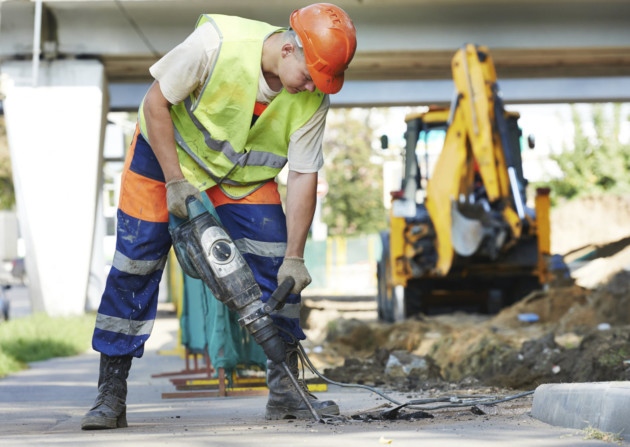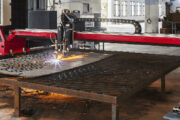Power tools are ingenious tools designed to simplify our lives, and while they are helpful a great deal, they can also be dangerous when not used properly. It’s not just the user’s life that could be in danger, but that of others as well depending on the tools and circumstances when they’re used.
When it comes to jackhammers, it’s clear they aren’t toys and they require the necessary skills and precaution. Unless you know how to properly handle one, you wouldn’t just risk your own safety, as there have been cases of jackhammers flying off building sites.

There’s no shortage on cheap jackhammer options, that still offer utmost quality, with particular safety features (e.g. locking drill mechanism), fast and swift impact in removing solid rocks, asphalt, and concrete, so whether you’d have to demolish concrete walls, foundations, or driveways, you can count on these tools to do the heavy work.
However, even if you don’t break the bank with a cheap jackhammer, unless you know how to really handle it, and maintain it, there are other things you can see go down the drain; starting from your safety, so here are a few tips you should pay attention to.
Given their weight, be they in the electric or pneumatic form, jackhammers are heavy, and can easily injure your feet which urges for wearing steel-toed boots. Other pieces your PPE (Personal Protective Equipment) should consist of are eye protection (adequate glasses), helmet, full length pants, long-sleeved shirts, and safety gloves.
Along with this, in order to avoid one of the main injuries you can sustain of this type of tool, which is hearing damage due to exposure to the very loud sound, you have to wear ear plugs, or muffs. Now that we’ve covered the basic necessities of PPE, prior to handling a jackhammer, make sure you read well into its manual, and practice.
Depending on the material, there’s an amount of airborne dust flying off too, so you’re advised to wear a mask as well. Taking the different types of jackhammers available in stores (e.g. corded, and cordless), you have to choose the adequate one for the job you have to carry out.
If you can allow it, go for the lighter ones, they are easy to manoeuvre. Then there’s also the proper selection of hoses needed, based on the distance of the equipment from the compressor. Remember, when it comes to hoses, they must always be well secured if you want to prevent cuts, and breaks.
Speaking of the compressor, you can reduce the amount of noise by placing it in an open space, far from the work area. If you want to avoid the painful back strain and injuries in that area, lift the jackhammer in the adequate positions relying on the legs. It’s always best to operate it at an angle leaning towards you, so your tool doesn’t get stuck in the material you’re drilling.
In the case of getting stuck, simply move the power tool back and forth. If this doesn’t help either, add in another bit trying to drill it with the jackhammer at a certain angle. And then, along with having the knowledge on how to handle this tool, you also have to know how to maintain it, by inspecting it carefully every time prior to using it.
This involves hoses, electrical cords, to see whether there are no damages, and to ensure everything is well secured. It’s needless to say one must have the appropriate tool point for the different materials: asphalt needs spade point, rocks need rock point, concrete needs chisel point.
Before changing the points, as well as when leaving the tool unguarded for an instant, remember to cut the air supply, also relieving the supply hose pressure. And, last but not least, block out the work area as much as you can so there are no people around that weren’t trained for the job left exposed to the risks.


